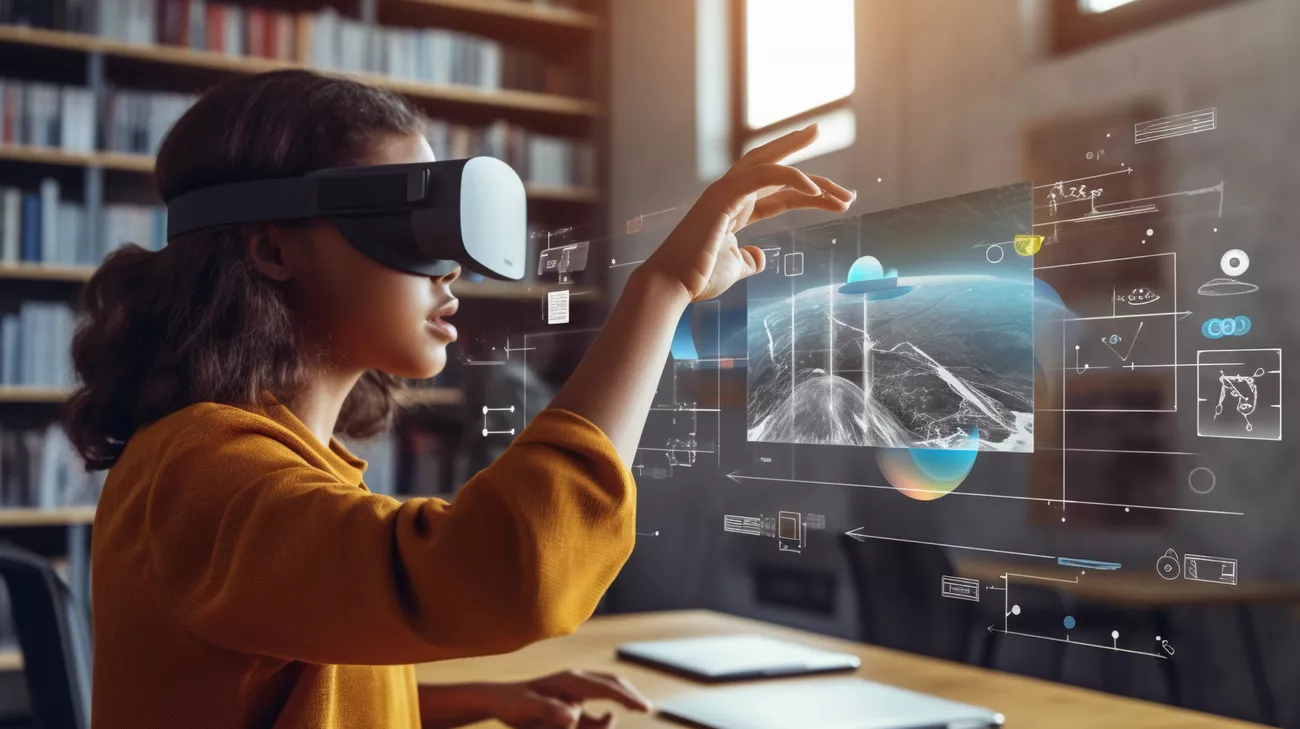The Future of Virtual Reality in E-Commerce: Transforming the Shopping Experience
As technology continues to advance, the ways in which we shop and interact with brands are evolving rapidly. One of the most exciting innovations on the horizon is the integration of Virtual Reality (VR) in e-commerce. This blog explores how VR is transforming the online shopping landscape, enhancing customer experiences, and what the future may hold for retailers and consumers alike.
1. Understanding Virtual Reality in E-Commerce
Virtual Reality is an immersive technology that allows users to experience a simulated environment through specialized equipment, such as VR headsets. In e-commerce, VR can create a virtual shopping experience that mimics the feeling of walking through a physical store. This technology allows customers to explore products in a three-dimensional space, interact with items, and even visualize how they would look or fit in real life.
2. Benefits of VR in E-Commerce
1. Enhanced Product Visualization
One of the primary challenges of online shopping is the inability to see and interact with products physically. VR overcomes this barrier by allowing customers to visualize products in 3D. For instance, furniture retailers can let customers see how a piece fits within their home, helping them make informed purchasing decisions.
2. Immersive Shopping Experiences
VR creates an engaging and interactive shopping environment. Brands can design virtual stores that reflect their identity and enhance the overall shopping experience. This immersive quality can lead to higher customer satisfaction and brand loyalty.
3. Reduced Return Rates
With enhanced visualization and interaction, customers are more likely to choose the right products that meet their needs. This can significantly reduce return rates, a persistent issue in e-commerce, saving businesses time and money.
4. Increased Engagement and Conversion Rates
The novelty and excitement of a VR shopping experience can attract more customers. Engaging experiences can lead to longer time spent on sites, increasing the likelihood of conversions.
3. Challenges of Implementing VR in E-Commerce
1. High Initial Costs
Setting up a VR shopping experience requires significant investment in technology and infrastructure. Brands must consider the costs of VR software development, hardware, and ongoing maintenance.
2. Limited User Adoption
While VR technology is gaining traction, not all consumers own VR headsets or are comfortable using them. Brands must find ways to reach customers who may not be familiar with VR, possibly offering alternative methods of interaction.
3. Technical Issues
As with any technology, there can be technical hurdles to overcome, including software bugs, compatibility issues, and the need for fast internet connections. Brands must ensure a seamless experience to prevent user frustration.
4. Real-World Examples of VR in E-Commerce
1. IKEA Place
IKEA has embraced augmented reality (AR) and VR to help customers visualize how furniture will look in their homes. The IKEA Place app allows users to scan their room and place virtual furniture in the space, making it easier to envision how different pieces will fit together.
2. Tommy Hilfiger
The fashion brand Tommy Hilfiger launched a VR shopping experience during its runway shows, allowing customers to view collections in real-time. This immersive experience engages customers and connects them with the brand on a deeper level.
3. eBay’s Virtual Reality Showrooms
eBay experimented with VR showrooms where customers could browse and purchase items in a virtual environment. This innovative approach allowed users to experience products in a unique way, enhancing their shopping journey.
5. The Future of VR in E-Commerce
1. Personalization
As VR technology evolves, brands can leverage data to create personalized shopping experiences. For instance, virtual assistants can guide customers through the shopping process, offering tailored product recommendations based on individual preferences.
2. Social Shopping
The future of e-commerce may involve social elements integrated into VR experiences. Imagine shopping with friends in a virtual store, discussing products, and making purchases together, regardless of physical location.
3. Integration with AI and AR
Combining VR with AI and AR could lead to even more dynamic shopping experiences. AI can analyze consumer behavior, while AR can provide additional layers of interaction, such as trying on clothes virtually.
4. Broader Accessibility
As VR technology becomes more mainstream, accessibility will improve. With advancements in mobile VR solutions, consumers may soon be able to access VR shopping experiences without needing expensive headsets.
6. Conclusion
The integration of Virtual Reality in e-commerce is poised to revolutionize the shopping experience, providing consumers with immersive, engaging, and personalized interactions. While there are challenges to overcome, the potential benefits are significant. As technology advances and consumer adoption increases, we can expect VR to become a mainstream component of the e-commerce landscape.
Retailers that embrace VR early on and innovate their shopping experiences will not only attract tech-savvy customers but also enhance brand loyalty and drive sales. The future of shopping is not just online—it’s an immersive adventure waiting to be explored.
We’d love to hear your thoughts! Please share your comments below:
Have you experienced virtual reality shopping? What was your impression?
What do you think are the biggest challenges for brands looking to implement VR?
How do you envision the future of shopping with VR technology?


Comments
Post a Comment